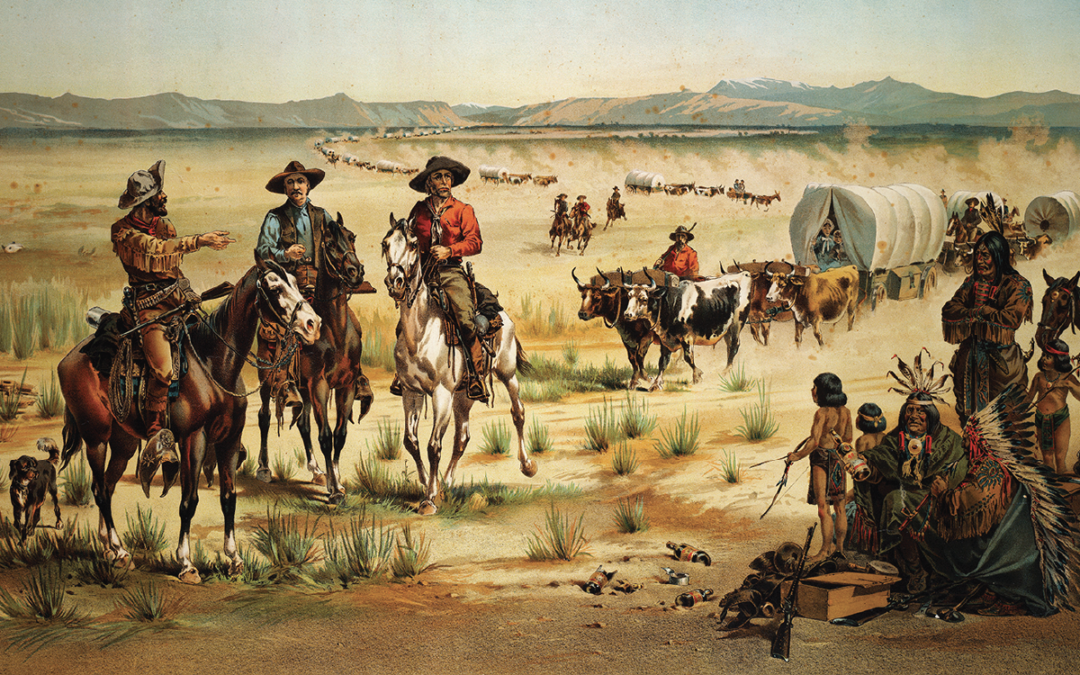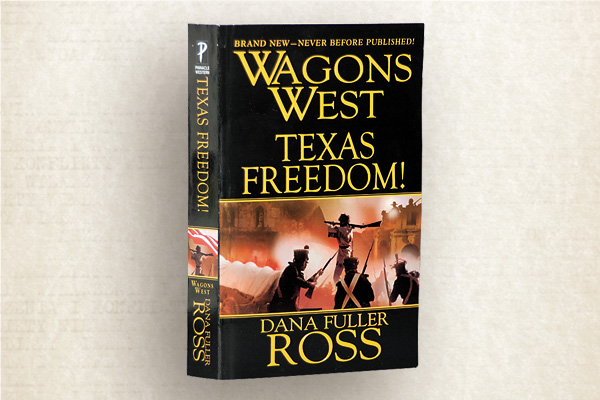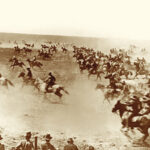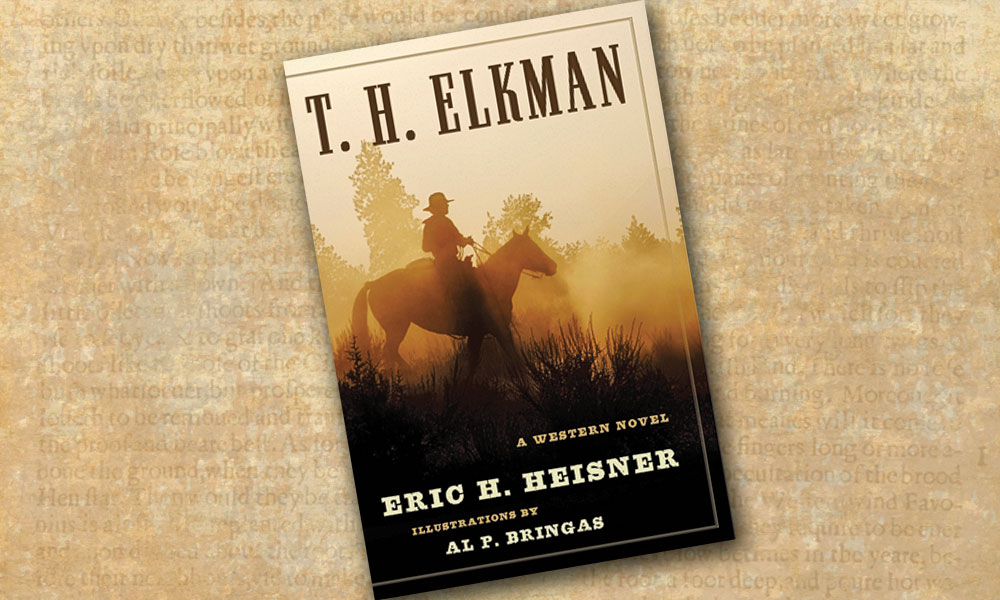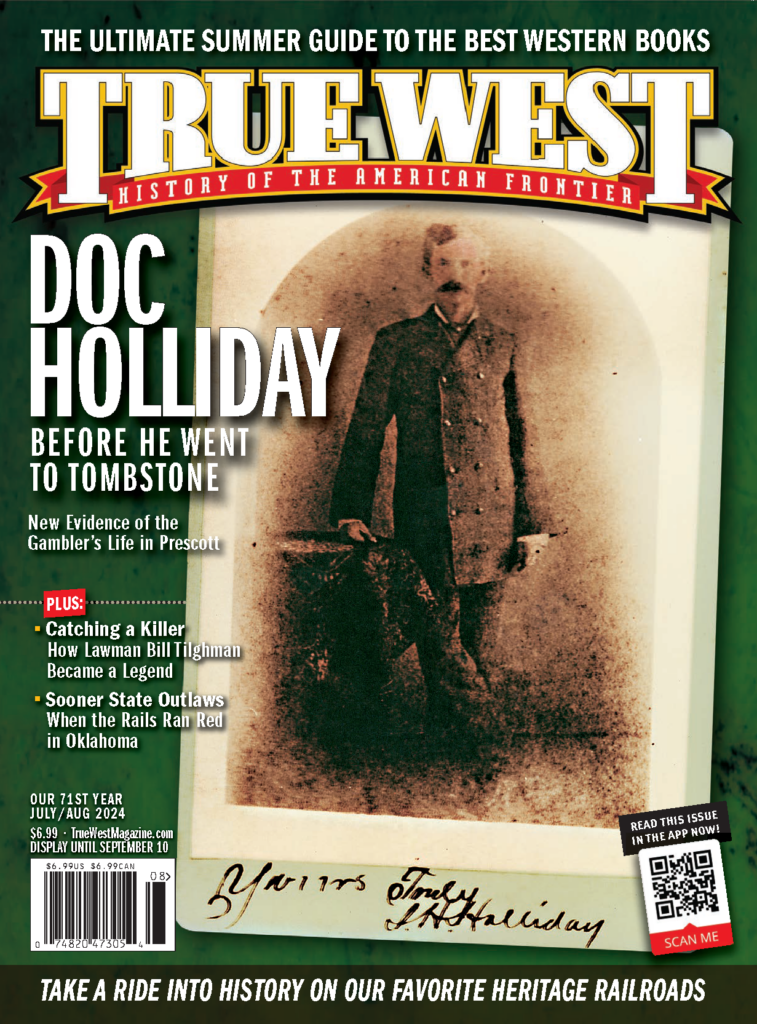While watching some old Westerns, I saw wagon bosses and/or military commanders call out “Forward ho!!” to get the group moving. Was that accurate? – Paul Gortarez (Phoenix, Arizona)
Sure they did, or something similar. The military would use a formal term such as “Forward ho!” while a civilian wagon master or trail boss could use whatever vernacular he wanted, such as “Head ’em up” or “Move ’em out” to get the wagons or cattle moving.

Was the famed Chief of Scouts Al Sieber fluent in the Apache language? – Vanessa Carpenter (Muskogee, Oklahoma)
Although Sieber was able to converse in the Apache tongue, he always required an interpreter when giving orders. His reason, according to Arizona State Historian Dan Williamson in the Arizona Historical Review of 1931, was that he “did not want any misunderstanding; that a number of lives had been lost and he wanted a witness as to what his orders were.”
Why do rodeo cowboys wear nice, long-sleeved, button-down dress shirts while competing in what may be the dirtiest and most dangerous
of all the sports? – Tom Kramer (Port Hueneme, California)
Cowboys today are sticklers to traditional Western wear—which means long-sleeved shirts. Long sleeves help protect the cowboy from scrapes, cuts, bruises and rope burns. So there are fashion and practical reasons behind it.

How extensive was the use of IOUs in the Old West? Is this just something Hollywood has promoted? – Alice Beale (Tulsa, Oklahoma)
IOUs in some form have been around a long time and were quite common in the Old West. Farmers and ranchers didn’t have much hard currency and needed credit until the livestock sold or the crops came in. So banks and stores extended credit in some form of an IOU. And that’s not getting into their use in games of chance. Frequently, players didn’t have enough cash at hand, so they’d see if their competitors would accept an IOU (and usually they did).
Pat Garrett shot Billy the Kid at Fort Sumner, New Mexico, in July 1881. Was Billy hit in the back or the front? – Alan Schwartz (Phoenix, Arizona)
Billy came to the Maxwell house to cut a slice of meat that was hanging outside the house. He was barefoot, carrying his pistol and a knife. He noticed the door to Pete Maxwell’s bedroom was slightly open, and he entered. Pat Garrett was inside, sitting at the head of the bed, talking with Maxwell about Billy. Billy saw that there were two men in the room—he knew one was Maxwell, but he couldn’t recognize the other. As he came in, Billy asked, “Quien es?” or “Who is it?” Garrett recognized the voice and fired twice. The first bullet lodged in his chest, just above the heart, fatally wounding the Kid. The second shot missed.

When did the era of the Old West begin? – Bill Storms (Dayton, Ohio)
The term “Old West” is in the eyes of the beholder. It’s generally thought of as the period from the end of the Civil War to circa 1900.
But for those crossing the Cumberland Gap into Kentucky, the Old West began after the French and Indian War. For a Texan, it could have begun with the victory over the Mexicans at San Jacinto in the 1830s. For Alaskans, it could have begun with the Gold Rush in the 1890s.
The Old West can pretty much be whatever and wherever one wants it to begin and end. And that’s part of the fun of reading and researching it.

